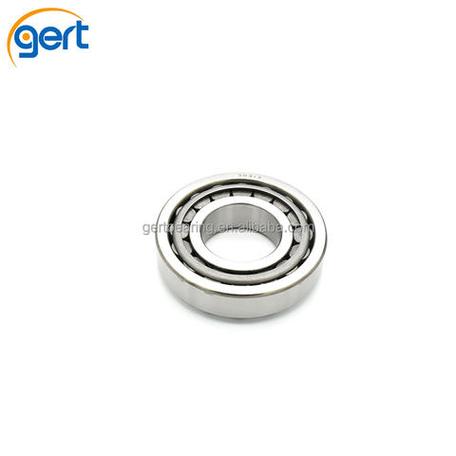Tapered Roller Bearing Parts Ultimate Guide 2024: How to Choose Quality Components
The global tapered roller bearing market is projected to reach $8.2 billion by 2027, growing at 4.3% CAGR (Statista, 2023). These precision components are critical for heavy machinery, automotive systems, and industrial equipment where radial and axial loads must be managed simultaneously. This guide will help you navigate the complexities of tapered roller bearing parts selection, technical specifications, and emerging industry trends.
Comprehensive Procurement Guide
| Feature | Tapered Roller | Cylindrical Roller | Spherical Roller |
|---|---|---|---|
| Load Capacity | High radial axial | Radial only | Moderate both |
7 Must-Check Specifications for Industrial Applications
- Cup/cone hardness (58-64 HRC)
- Precision grade (ABEC-3 to ABEC-7)
- Cage material (steel vs polymer)
Technical Deep Dive

Understanding the 15°-25° contact angle is crucial for proper load distribution. Leading manufacturers like Timken and SKF enforce ISO 355 dimensional standards for interchangeability.
Market Trends Analysis
North America dominates 38% of demand (Grand View Research), while Southeast Asia shows 7.1% YoY growth. New EPA regulations require chromium-free surface treatments by Q3 2024.
FAQ Section
Q: Can tapered bearings handle misalignment?
A: Limited to 0.001 radians - use spherical rollers for greater misalignment.
Q: What certifications are required?
A: ISO 9001, IATF 16949 for automotive, and AAR M-1003 for rail applications.




 13869596835
13869596835